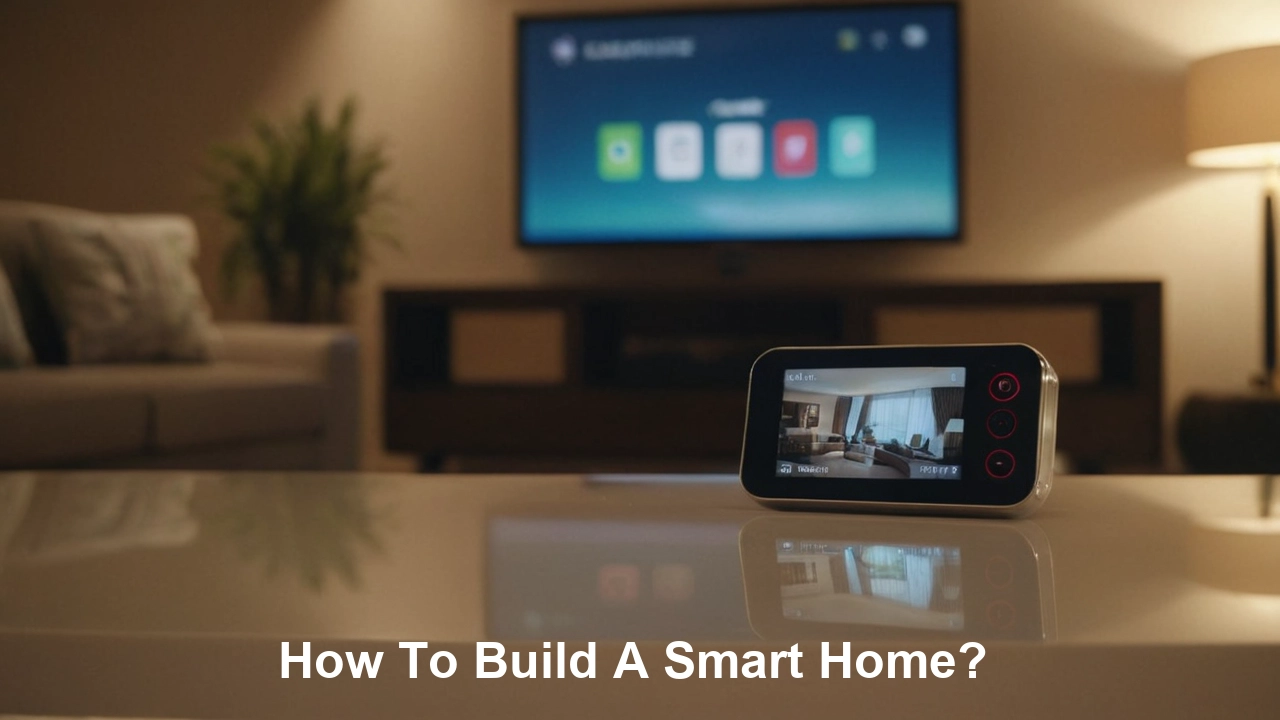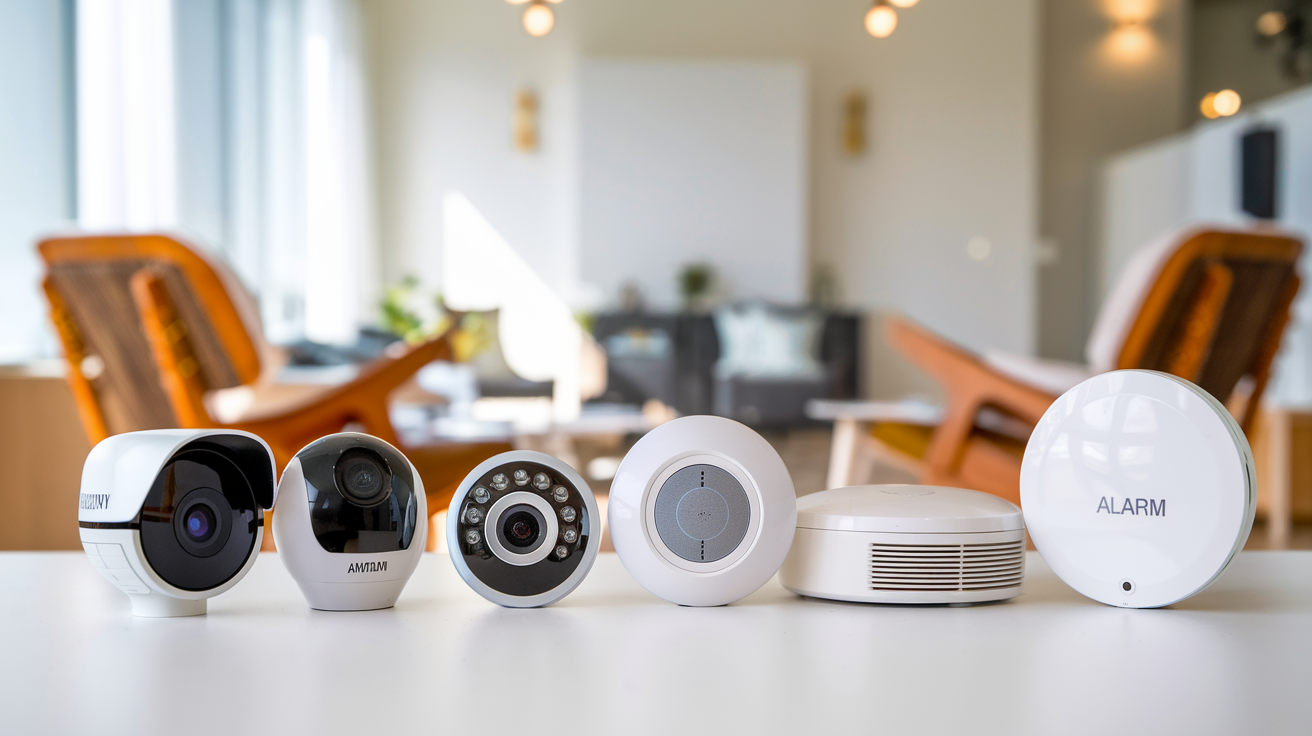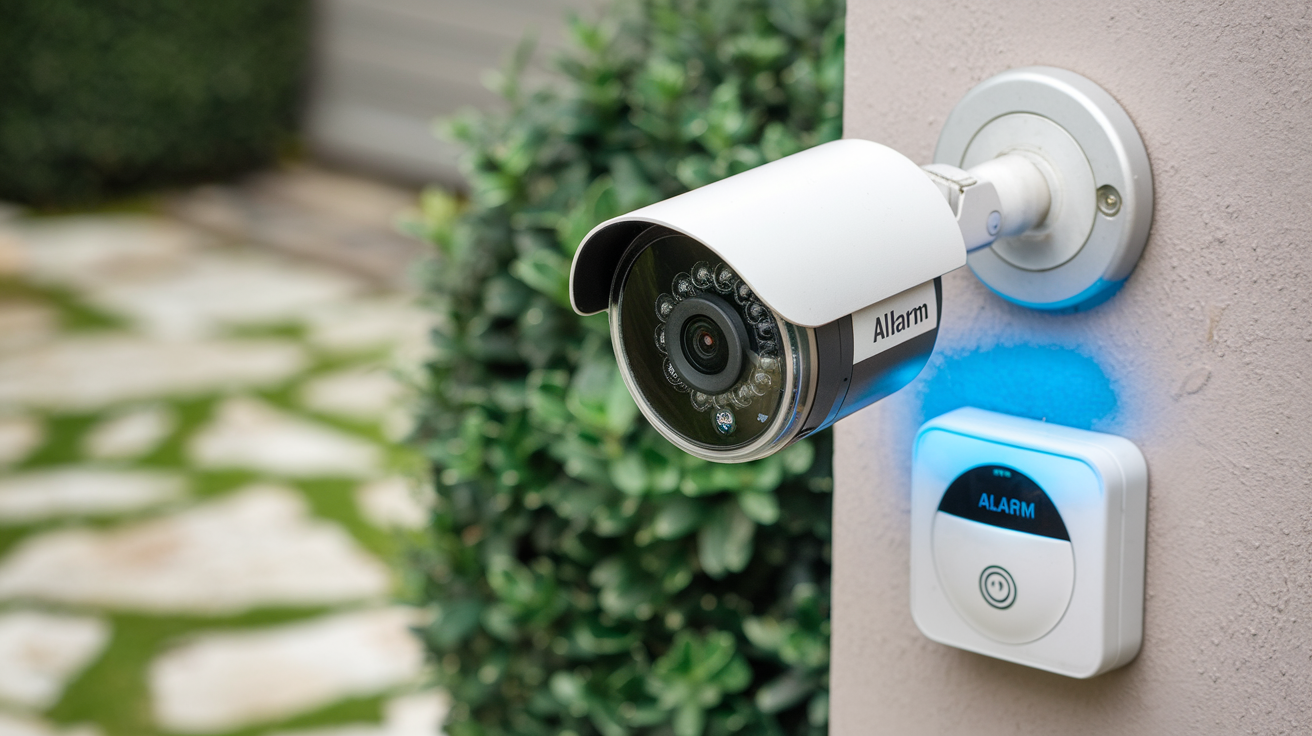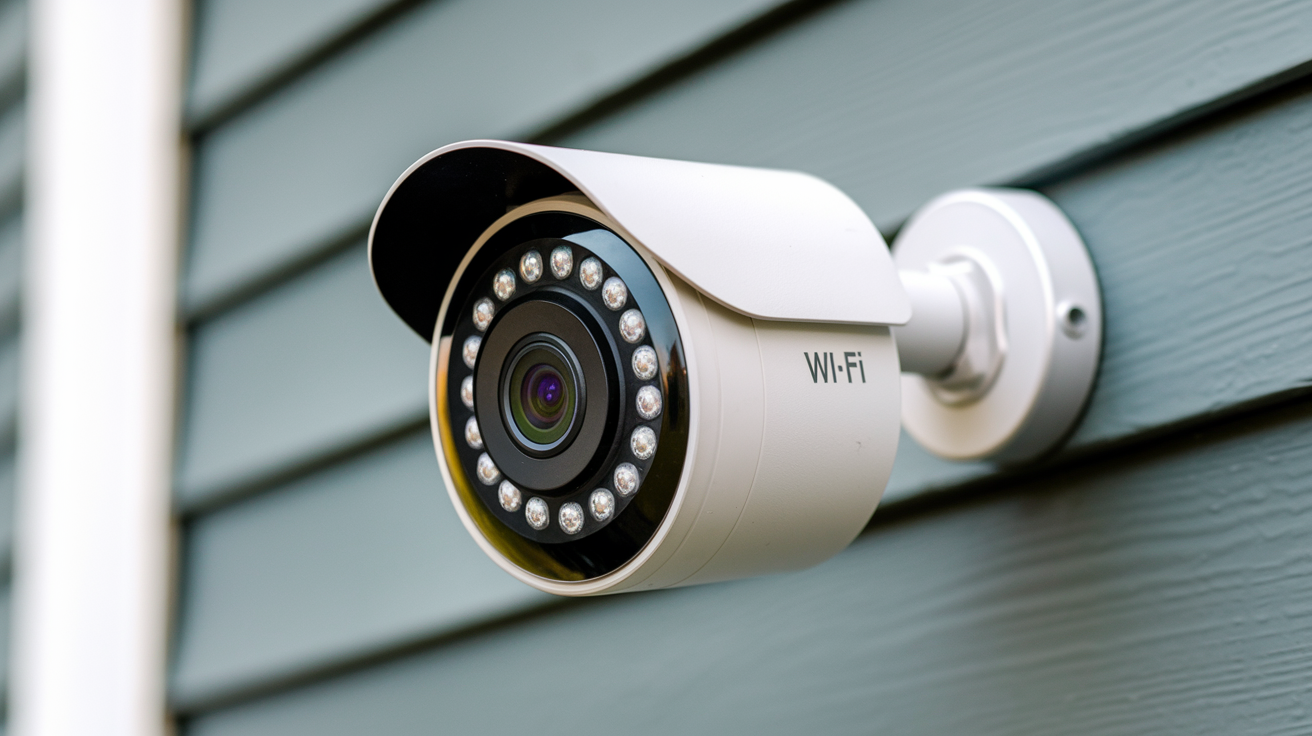Smart home construction may seem like a daunting task, but if one is meticulous in planning and research, it is possible to achieve this in your home. Smart Home Automation technology involves devices and appliances that are internet-enabled and can be operated through an app or voice commands. To recap, a smart home is an endeavor to facilitate convenient, comfortable, secure, entertaining, and more importantly energy-efficient living. Setting up your smart home does entail a certain amount of strategic planning when it comes to the costs, utility, integration of systems, and expandability. The following is a simplified checklist of how to begin constructing your own smart home:
Define Your Goals Firstly, one needs to determine goals on what he or she wants to focus on in the smart home. Consider what functions you would like to have as automated such as lighting, temperature, security, or media control. Think about how important it is to have easy access to multiple appliances for performing different tasks. Identify priorities, which would have the greatest impact on the quality of your life. When specifying objectives and use cases at the beginning of the smart device design, will aid in the lastization of the smart devices to deploy.
Make A Budget Next, select a reasonable budget for the smart home project based on immediate and long-term expenditures. Smart products are priced differently “which determines how much you are willing to spend on hardware and monthly subscription fees. Depending on the size of the home and the number of rooms/systems that need to be installed, costs can start to climb. See whether or not it is possible to stagger applications over time for enhanced expense control. The good news is there has been a steady trend of smart home technology becoming cheaper.
Ensure Robust Home Internet The first element that is required for a smart home is a fast and efficient internet connection within the home with good wireless connectivity. Each device to be controlled remotely has to be connected to the internet to facilitate remote access and control. Check the current internet plan change to a faster internet connection if necessary, and buy additional routers or access points to boost internet connectivity in all parts of the house. If possible, integrate wired backhaul connections such as the Ethernet cables in the network.
Research Smart Devices Conduct a thorough analysis to determine the right smart products for different applications like smart security products including smart locks, video doorbells, and security cameras, smart home control products like smart thermostats, smart lighting, and other home automation products. Check the price, and the number of features and integrations it offers, the supported platforms, the overall user and expert opinions, and the simplicity of its interface. Give more attention to individual intelligent devices rather than the systems that control the entire home which needs intricate programming.
Ensure Compatibility Most importantly, it is recommended that you select smart products that are interrelated and functional with a minimum of compatibility problems. For instance, there are several product ecosystems including Amazon Alexa, Google Home, Apple HomeKit, and SmartThings. Check compatibility to ensure devices, as well as services, can communicate with each other before making the purchase. Think about products that can allow one to work on other platforms as well. Also, check for backward compatibility as technology advances.
Start Simple Start with a few useful devices such as smart plugs, bulbs, and switches for regulating lights and appliances. Extend to smart products such as smart thermostats, door locks, sensors, and cameras for increased monitoring and control. Avoid a sudden change in the setup because it may create pressure and resistance from the employees. Learn the fundamental capabilities of the platform before focusing on the additional features and options in the future.
Set Up Devices Mount your smart devices according to the directions noted by manufacturers for the hardware parts and the software applications. Plug products into your home Wi-Fi network and internet. If using a smart home hub or a controller, plug in this device first before plugging in each smart accessory device. Partment devices logically by location and function in the accompanying smartphone app which serves as the primary interface for managing smart home.
Configure Automation Smart home tech also benefits from being able to create automatic routines, schedules, and controls between compatible devices with no need for programming. For instance, the light and the thermostat automatically switch on at sunset when one is at home. Or have your security camera alert your phone when there is movement outside the compound. Spend some time configuring the necessary automation that will be helpful for you.
Enhance And Customize When you feel familiar with the basic operations, you can try setting up such additional functions - notifications, energy consumption reports, and multi-script scenes that program several actions that can be initiated by a single command. Adjust the current routine-based automation and create new app connections and voice commands for a smarter home experience in the future. Design floor plans to develop a model of a smart home to implement full control and modification.
Review And Troubleshoot Use smart devices in real-life conditions and track their performance. Before proceeding, look at what has been functioning well and what may be requiring maintenance. Contact the service provider to work on connectivity or configuration problems, change settings, and solve firmware problems through downloaded updates from the manufacturer. Some pieces of hardware may require a change of positions, for example, sensors, or the installation of Wi-Fi extenders to cover some areas. Be patient as you work towards achieving the best smart home that you have envisioned.
Build Over Time Bear in mind that smart home construction practice is an ongoing process that allows for its further development and improvement. The beauty of home automation is that when new innovative products and technologies come into the market you can add those based on needs and budget. It is important to plan for the long term and to create a structure that supports the integration and interaction of smart systems. Shortly you will enjoy your smart home that fits your family's needs and preferences.
Therefore if you want to invest in a smart home, begin small and expand as you get the best value from the investment. Here are the detailed and comprehensive instructions for creating a smart home full of wonderful potential in terms of automation right now and in the future.
Protect your home today with ADT’s top-rated security solutions!
Call now at +1 877-470-7879 to get a free consultation and find out how you can secure your home with the best in the business. Don’t wait—ensure your peace of mind with ADT!






